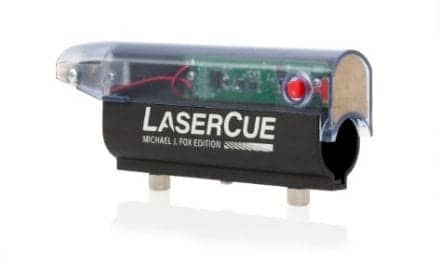An error in protein formation may be the root of amyotrophic lateral sclerosis (ALS), according to a researcher at the University of Wisconsin-Madison. The strategy bucks conventional strategies that call for the transfer of a genetic mutation found in a small group of ALS patients, to animals in order to pinpoint a drug that might help treat them. Rather Su-Chun Zhang, MD, PhD, neuroscientist, Waisman Center at UW-Madison, sought to study diseased human cells, or motor neurons, in lab dishes.
A UW-Madison news release states that in his recent report, appearing in the journal Cell Stem Cell, Zhang, Hong Chen, MD, PhD, Waisman scientist, and colleagues have singled out proteins that build a transport structure inside the motor neurons. The structure, known as neurofilament, moves chemicals and cellular subunits to the far reaches of the nerve cell. Zhang explains that motor neurons that control foot muscles are about 3 feet long, and as such neurotransmitters must be moved a yard from their origin in the cell body to the location where they can signal the muscles. The release notes that a patient who does not have this connection becomes paralyzed.
“Like the studs, joists, and rafters of a house, the neurofilament is the backbone of the cell, but it’s constantly changing. These proteins need to be shipped from the cell body, where they are produced, to the most distant part, and then shipped back for recycling. If the proteins cannot form correctly and be transported easily, they form tangles that cause a cascade of problems,” Zhang says.
While Zhang states in the release that discovering neurofilament tangles in an autopsy of an ALS patient will not explain how they happen, when, or why, with millions of cells to work with Zhang and colleagues determined the source of the tangles in the protein subunits that compose the neurofilaments. This suggests that ALS is caused by misregulation of one step in the production of the neurofilament, according to Zhang.
In the release, Zhang goes on to point out that similar tangles appear in Alzheimer’s and Parkinson’s disease. This concept causes excitement during a study of ALS, because “you may be looking at the root of many neurodegenerative disorders,” Zhang says.
During the research, Zhang and colleagues worked with motor neurons sourced in stem cells from patients. The team notes that the motor neurons they reprogrammed from patient skin cells were relatively young…. “we found that the misregulation happens very early, which means it is the most likely cause of this disease,” Zhang says.
The recent research offers a potential strategy to rescue the neural cells living in his lab dishes. Once his group “edited” the gene that directs formation of the deficient protein, Zhang says the cells suddenly looked normal.
According to the release, Small Molecule Screening and Synthesis Facility scientists at UW-Madison are now seeking an approach to rescue diseased motor neurons. The neurons are composed from stem cells, using techniques that Zhang has perfected over the years.
Photo credit: Hong Chen and Su-Chun Zhang, Waisman Center, University of Wisconsin-Madison
Source: University of Wisconsin-Madison





